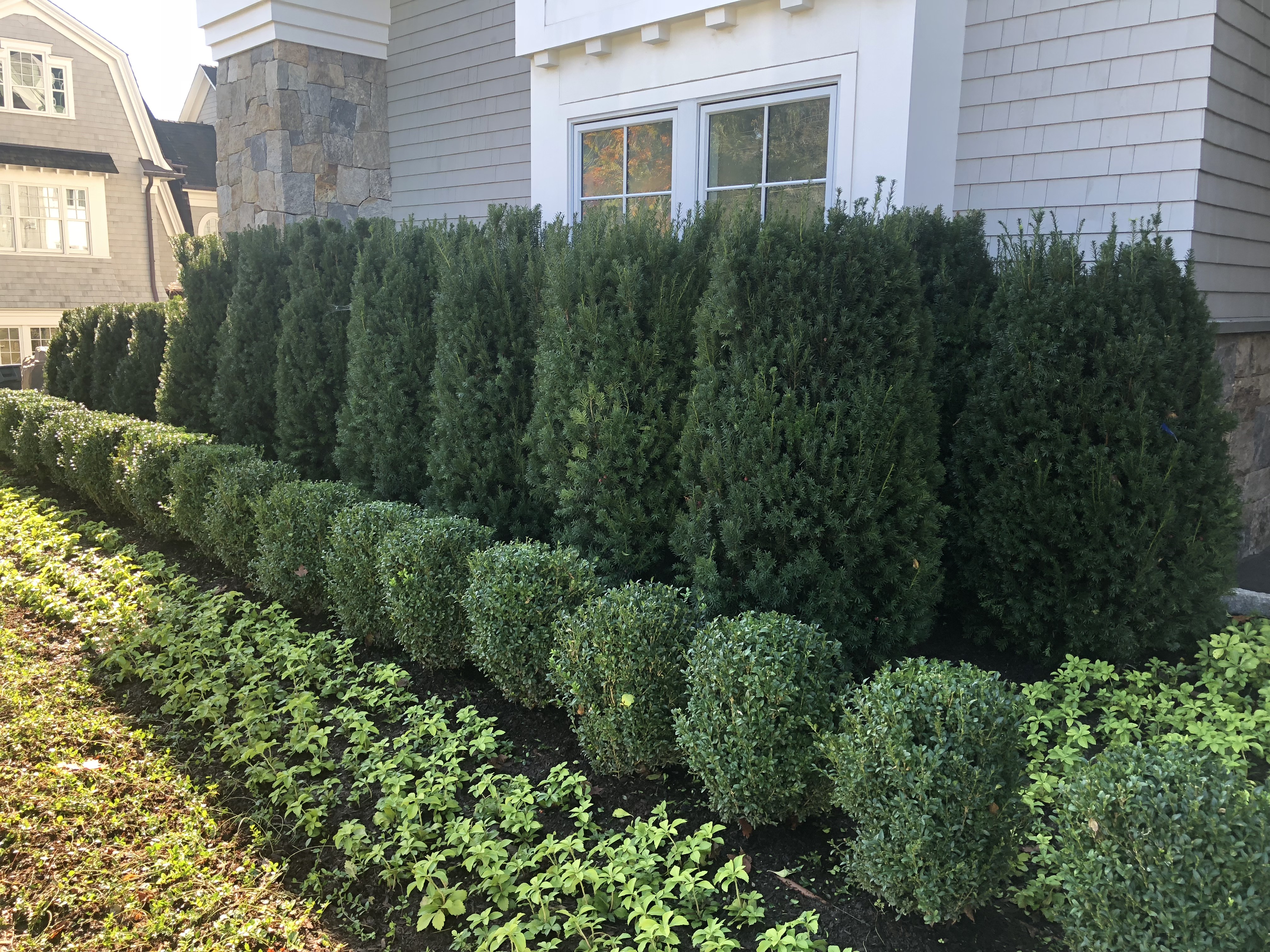Pruning Season
Though it may be a daunting task, regular pruning of your garden encourages new growth and keeps your plants happy, healthy, and well-shaped.
Goal
The first goal of pruning is to remove any part of the plant that is dead, dying, damaged, disfigured, or diseased. Pruning is also needed if you’re wanting more flowers or fruit on plants like roses, raspberries, apples, and camellias. Additionally, pruning helps reveal the colorful bark of trees such as river birch and paperbark maple and the colorful stems of shrubs like dogwood or kerria.
When to Prune
Most pruning is best done in the late winter or early spring, however, the best time to prune can vary from plant to plant. It’s important to identify each plant before you prune, as different species have different needs. It’s easier to identify plants during growing season, so plan for next year’s pruning season by identifying plants during the summer. Spring bloomers, like magnolias, lilacs, forsythia, and rhododendron, should be pruned after they bloom, as to not cut off any dormant buds. Hydrangeas should be pruned before midsummer–if pruned before, you’ll remove buds before they flower. Summer bloomers, like potentilla, butterfly bush, and crape myrtle, should be pruned in early spring. If you desire your shrubs like boxwoods and privets to maintain a hedge shape, they must be sheared often during the beginning of the growing season.
Not sure how to prune your garden, or lacking the time to do so properly?
Let us take care of it for you! Especially if your pruning needs include more precarious pruning situations, like limbs lean over a house or reaching overhead wires. Give us a call today at 203-622-6070, send us an email at info@towncountrylandscape.com, or fill out our contact form here to get the process started.



